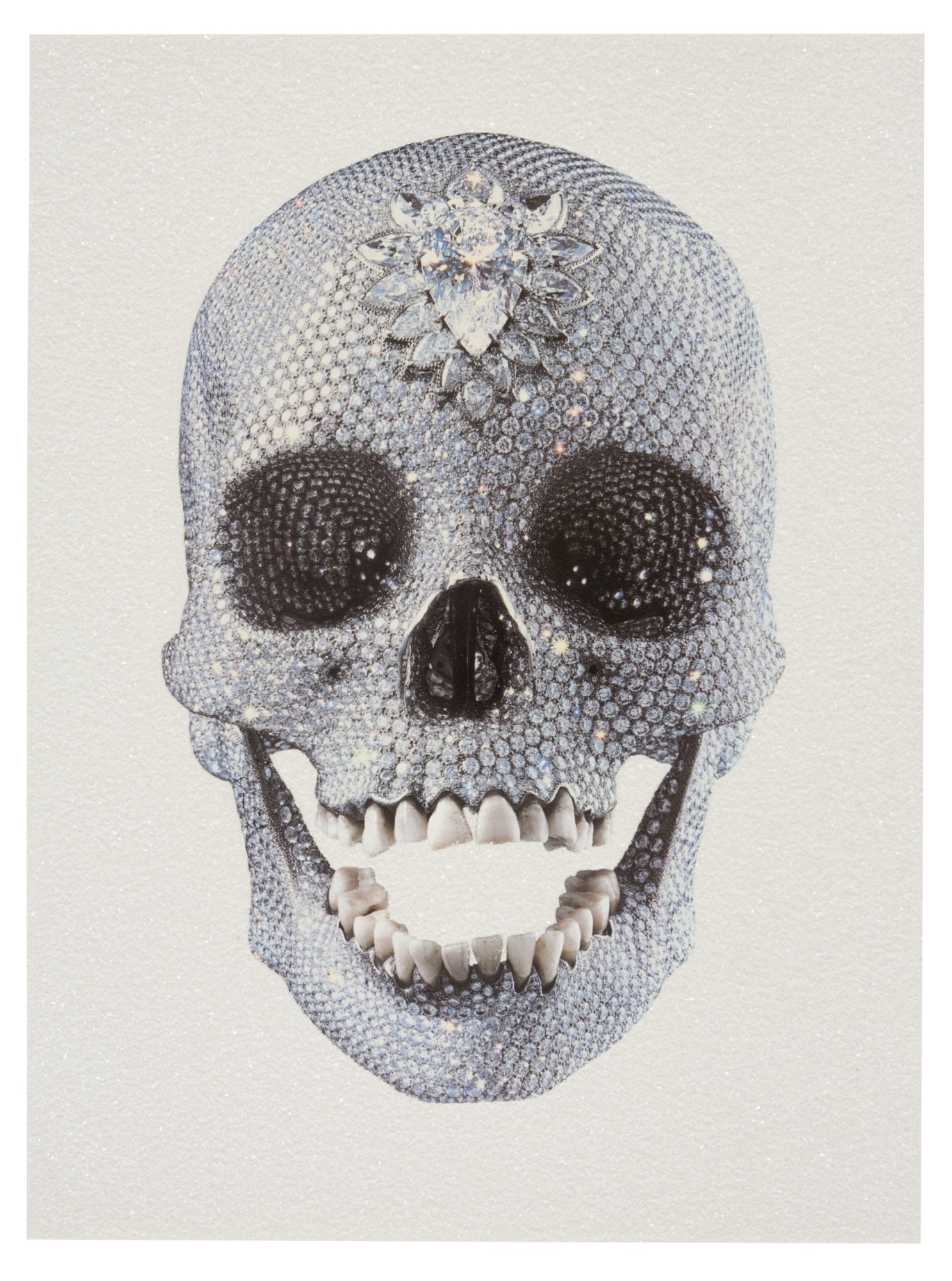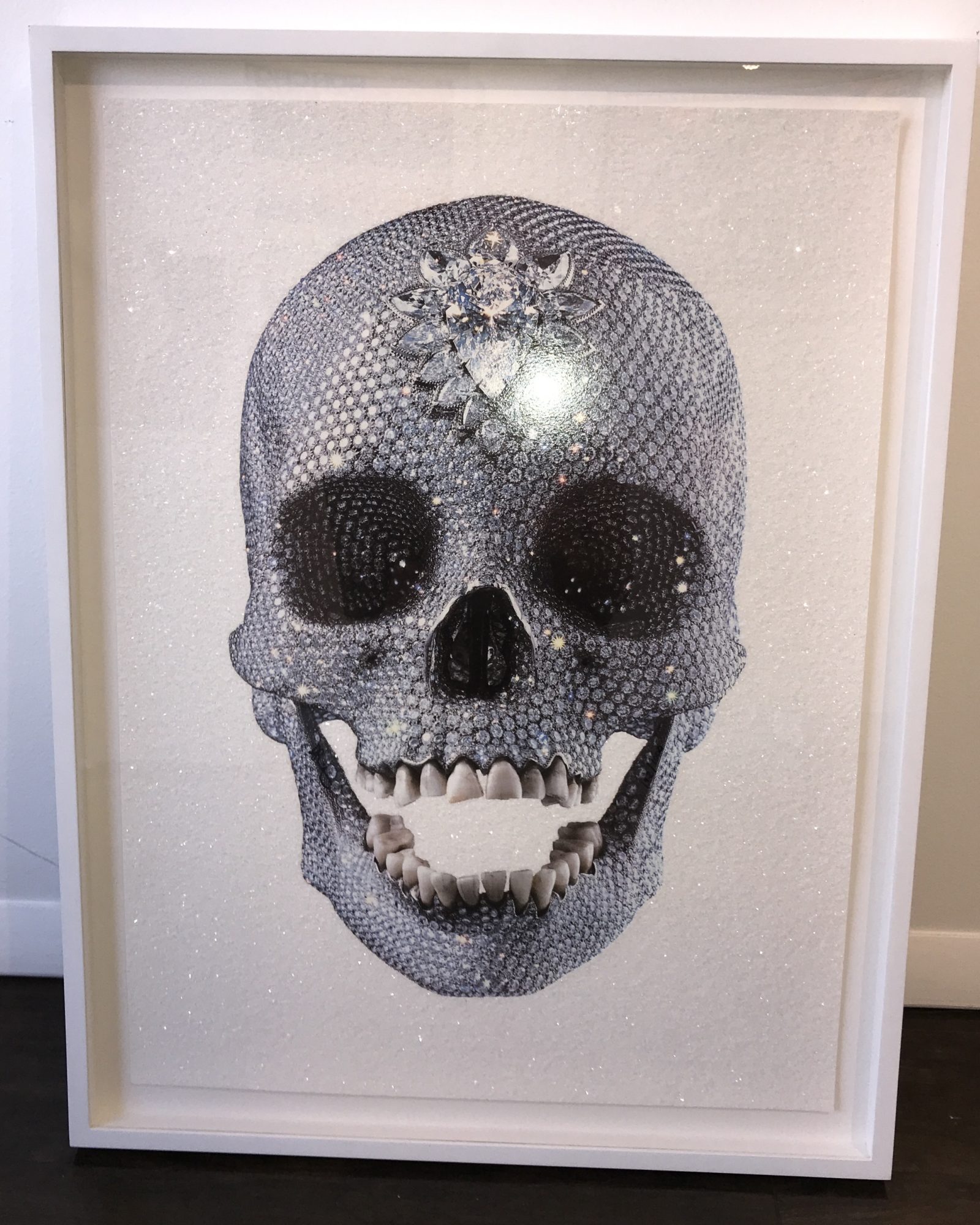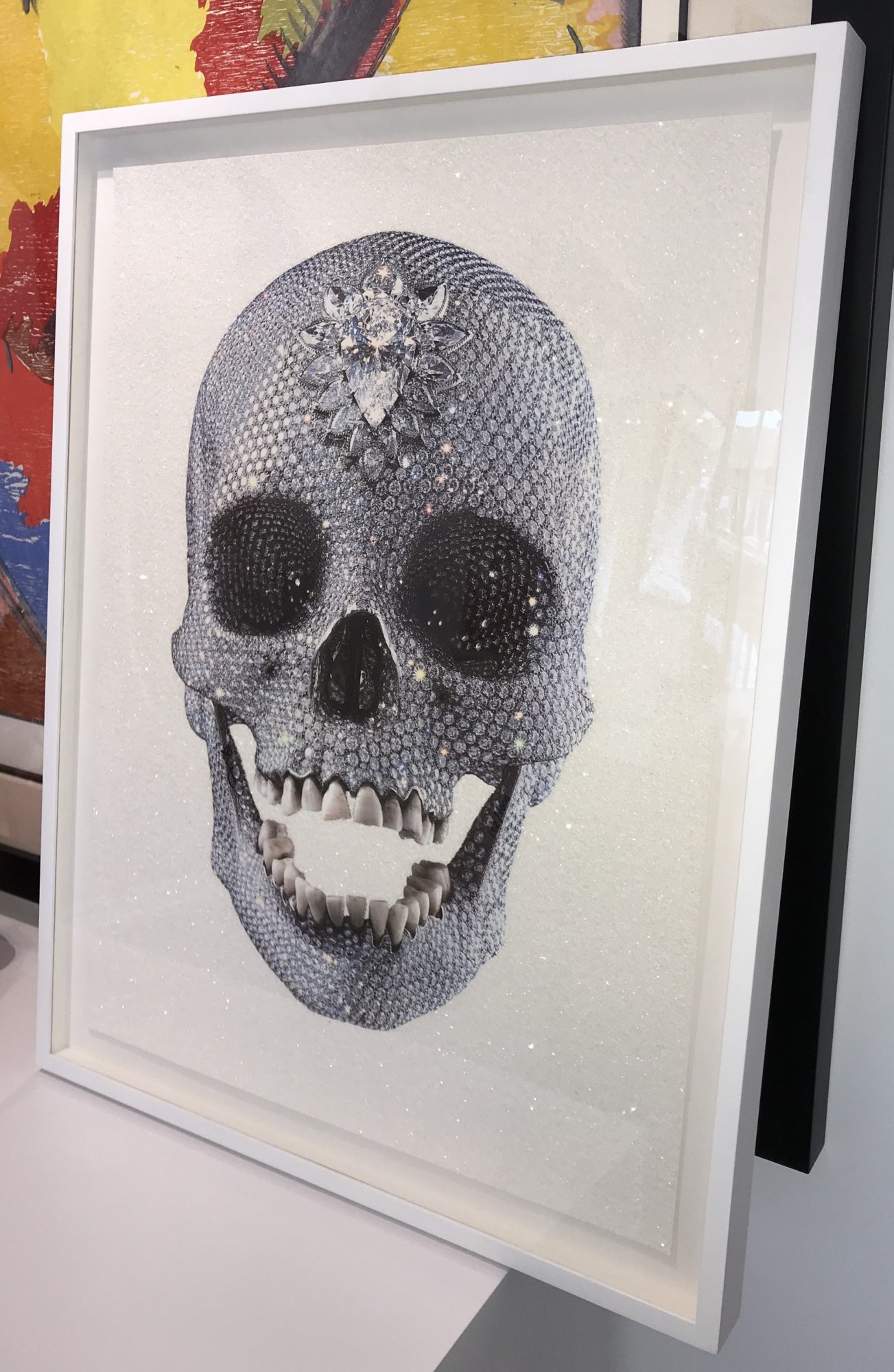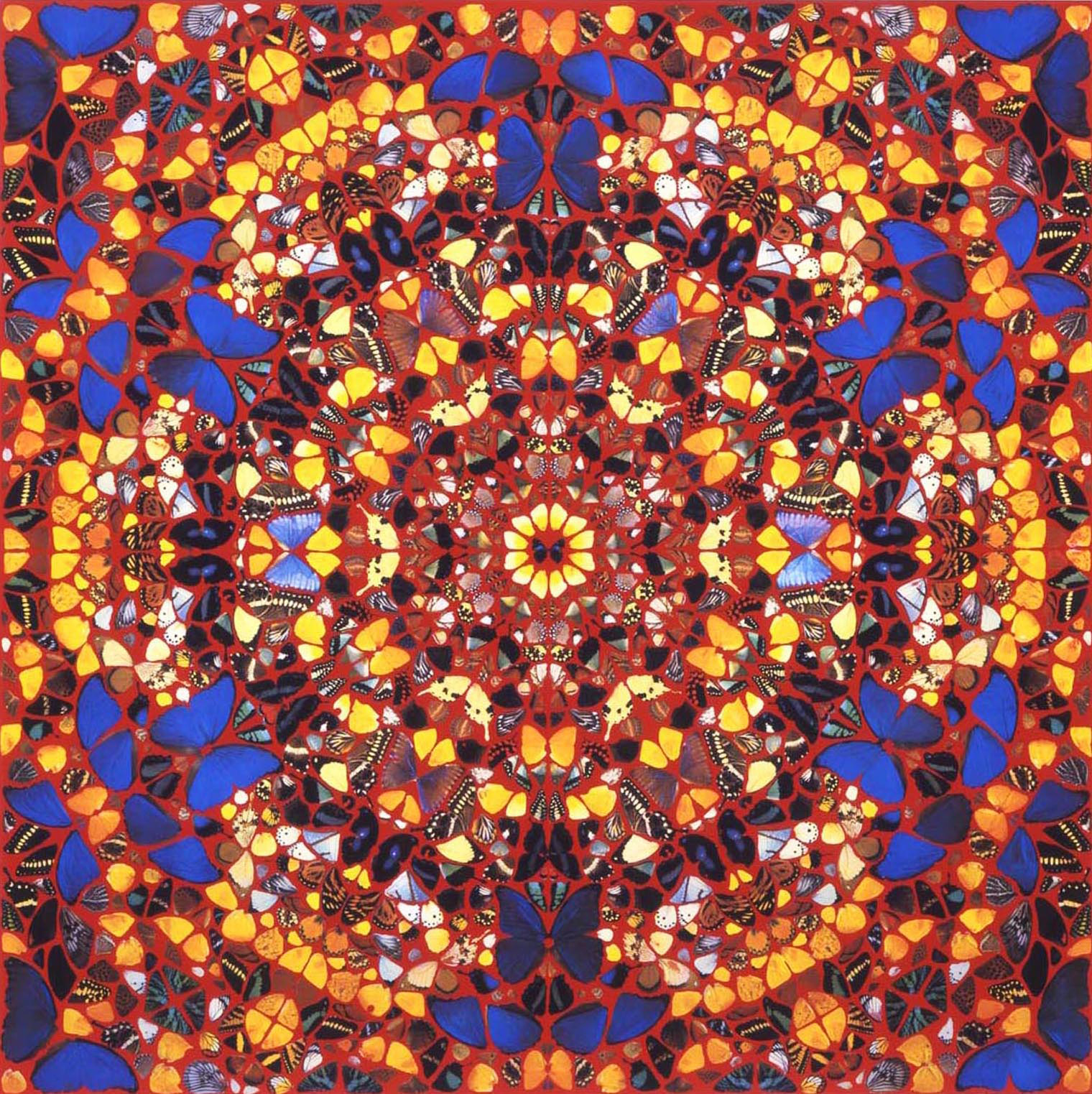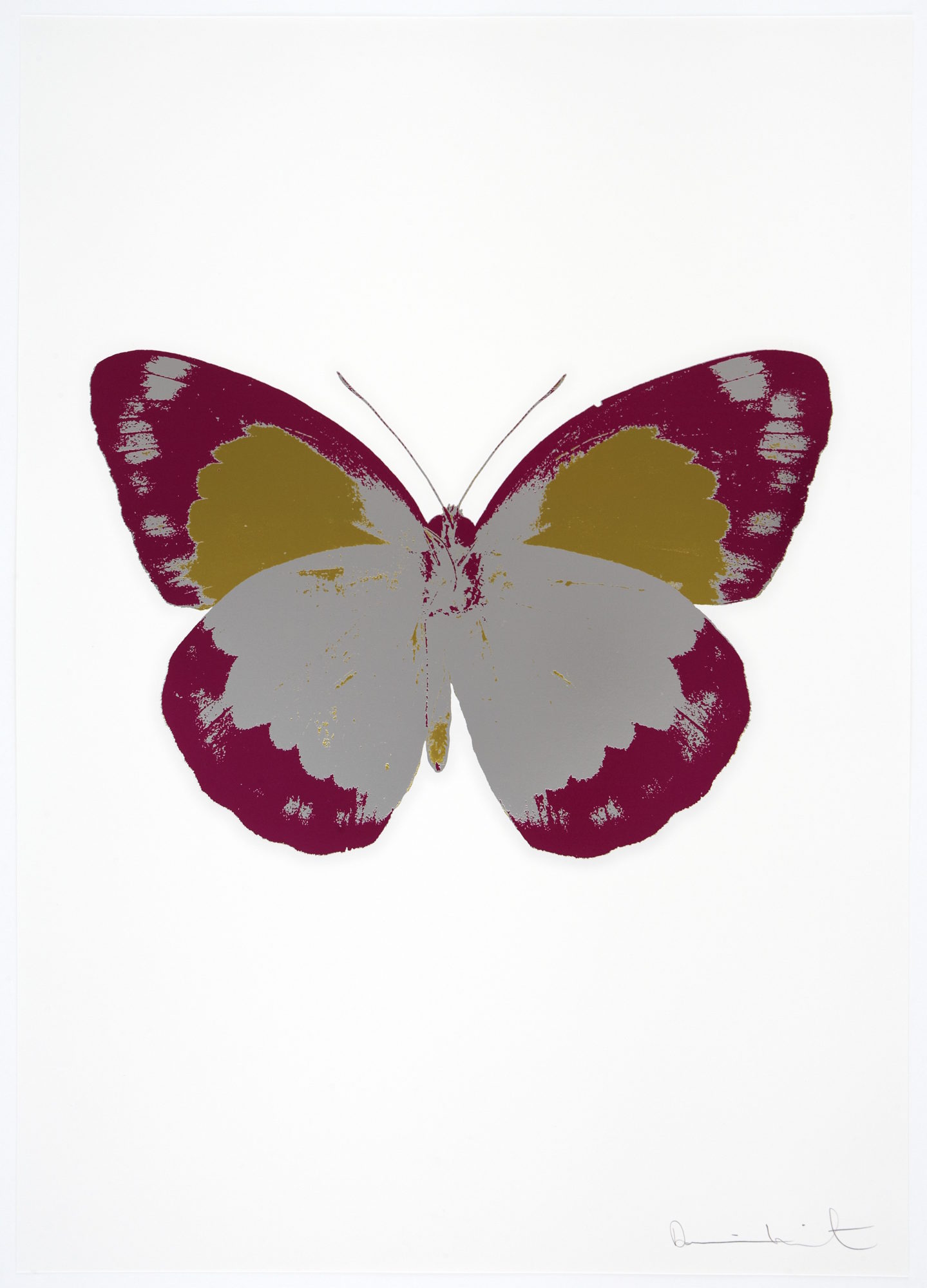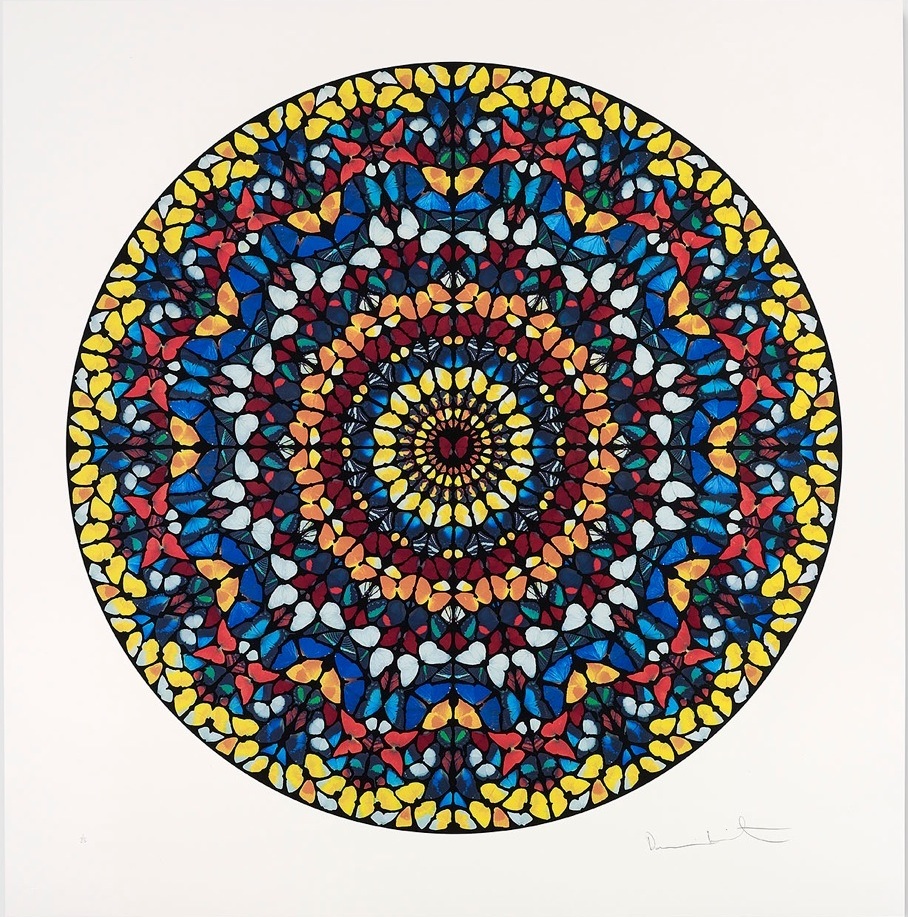Damien Hirst – For The Love of God (White)
Damien Hirst, For The Love of God (White) is an original screenprint with diamond dust. This print is signed and numbered on the front by the artist.
For the Love of God (White) is a print depicting a sculpture by artist Damien Hirst produced in 2007. It consisted of a platinum cast of an 18th-century human skull encrusted with 8,601 flawless diamonds, including a pear-shaped pink diamond located in the forehead that is known as the Skull Star Diamond. The skull’s teeth are original, and were purchased by Hirst in London. The artwork is a memento mori, or reminder of the mortality of the viewer.
In 2007, art historian Rudi Fuchs, observed: ‘The skull is out of this world, celestial almost. It proclaims victory over decay. At the same time it represents death as something infinitely more relentless. Compared to the tearful sadness of a vanitas scene, the diamond skull is glory itself.”
Costing £14 million to produce, the work was placed on its inaugural display at the White Cube gallery in London in an exhibition Beyond belief with an asking price of £50 million. This would have been the highest price ever paid for a single work by a living artist.
| Title | For The Love of God (White) |
|---|---|
| Medium | Screenprint with Diamond Dust |
| Year | 2011 |
| Edition | 1000 |
| Signature | Signed, numbered |
| Size | 22.75 x 17 (in) 58 x 43 (cm) |
| Price | SOLD |
Description
Damien Hirst, For The Love of God (White) is an original screenprint with diamond dust. This print is signed and numbered on the front by the artist.
For the Love of God (White) is a print depicting a sculpture by artist Damien Hirst produced in 2007. It consisted of a platinum cast of an 18th-century human skull encrusted with 8,601 flawless diamonds, including a pear-shaped pink diamond located in the forehead that is known as the Skull Star Diamond. The skull’s teeth are original, and were purchased by Hirst in London. The artwork is a memento mori, or reminder of the mortality of the viewer.
In 2007, art historian Rudi Fuchs, observed: ‘The skull is out of this world, celestial almost. It proclaims victory over decay. At the same time it represents death as something infinitely more relentless. Compared to the tearful sadness of a vanitas scene, the diamond skull is glory itself.”
Costing £14 million to produce, the work was placed on its inaugural display at the White Cube gallery in London in an exhibition Beyond belief with an asking price of £50 million. This would have been the highest price ever paid for a single work by a living artist.
Damien Hirst has received enormous praise as well as criticism of his art, particularly from the media and art critics. Hirst believes that the public is negatively influenced by the media, and develops preconceived opinions before viewing the art. By distancing themselves from the art, they are cheating themselves of the full experience. Damien Hirst says of his art “I hope that it makes people think about things that they take for granted. Like smoking, like sex, like love, like life, like advertising, like death… I want to make people frightened of what they know. I want to make them question.”
Damien Hirst, For The Love of God (White)
Additional information
| Title | For The Love of God (White) |
|---|---|
| Medium | Screenprint with Diamond Dust |
| Year | 2011 |
| Edition | 1000 |
| Signature | Signed, numbered |
| Size | 22.75 x 17 (in) 58 x 43 (cm) |
| Price | SOLD |


